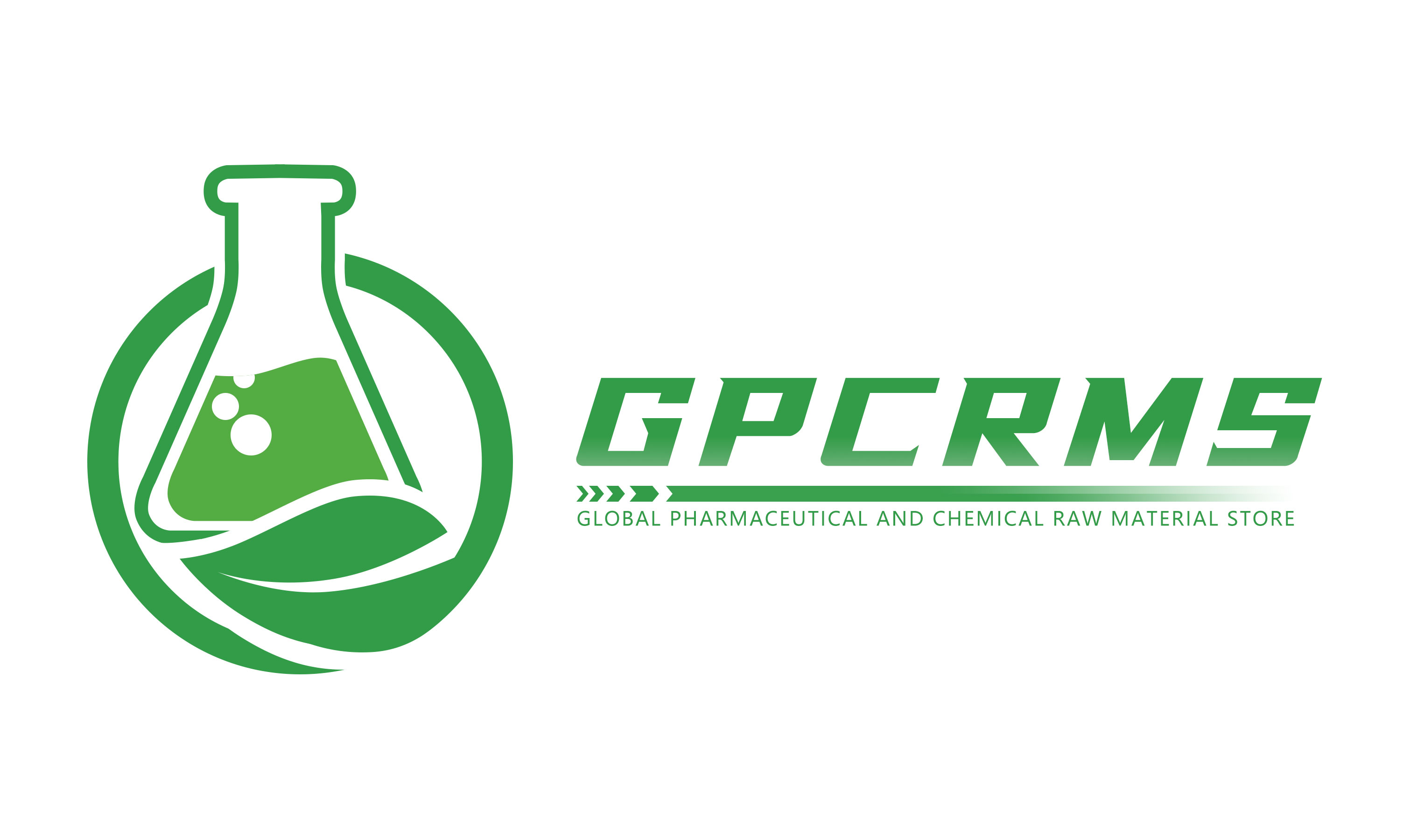Steroid Alternatives: The Advantages and Risks of SARMs
In the pursuit of muscle growth, improved athletic performance, and better body composition, steroids (especially anabolic steroids) have long been a popular choice for many athletes and fitness enthusiasts. However, the side effects of steroids are significant, including liver toxicity, cardiovascular issues, and hormonal imbalances, among other health risks. As awareness of these side effects has grown, more and more people have turned to SARMs (Selective Androgen Receptor Modulators) as an alternative to steroids. The emergence of SARMs offers a relatively safer and more effective option, but they are not without their risks. This article will explore the advantages and potential risks of SARMs as a steroid alternative.
Advantages of SARMs
Fewer Side Effects
One of the significant advantages of SARMs compared to steroids is their better control over side effects. Steroids activate androgen receptors throughout the entire body, causing widespread physiological reactions, particularly affecting organs such as the liver, prostate, and cardiovascular system. In contrast, SARMs are selective in their action, primarily targeting muscle and bone tissue, minimizing negative effects on other organs. As a result, SARMs generally have fewer side effects than steroids. They help promote muscle growth and strength while being less toxic to the liver and causing fewer cardiovascular problems.
No Significant Hormonal Imbalance
The use of steroids often leads to a significant suppression of testosterone levels, which may cause hormonal imbalances and sexual dysfunction with prolonged use. This is one of the main reasons athletes and fitness enthusiasts choose to avoid steroids. SARMs, however, have a relatively mild testosterone-suppressing effect. Even at higher doses, most SARMs suppress testosterone less severely. Therefore, SARMs users typically do not need to undergo complex post-cycle therapy (PCT) as steroid users do.
Different SARMs for Different Goals
SARMs come in various types, each with different effects, allowing users to choose the product that best fits their needs. For example, Ostarine (MK-2866) and LGD-4033 (Ligandrol) are suitable for muscle growth and strength enhancement, while S-4 (Andarine) is more suitable for fat loss and maintaining muscle mass. RAD-140 (Testolone) provides stronger effects for those looking to rapidly increase muscle mass and strength. Because different SARMs are suitable for different goals, users can select the appropriate product to achieve the best results based on their training objectives.
Flexible Usage Cycles
SARMs offer flexible usage cycles, unlike steroids, which require strict cycle management. Steroids typically require longer cycles, followed by PCT to restore hormonal levels. In contrast, SARMs can often provide effective training enhancement within shorter cycles, and in most cases, users do not require long recovery periods after discontinuing their use.
Risks and Limitations of SARMs
Long-Term Safety Still Requires Research
While SARMs have milder side effects than steroids, their long-term safety has not been fully researched. Most SARMs are still in clinical research stages, with limited data on their long-term use in large populations. While current studies suggest that SARMs are relatively safe, this does not mean they are completely harmless. Therefore, users should be cautious, avoid long-term dependence, and regularly monitor their health status.
Testosterone Suppression
Although SARMs have a lighter testosterone-suppressing effect, high doses or long-term use can still impact testosterone levels. Particularly for some potent SARMs (such as RAD-140 and YK-11), use may lead to noticeable testosterone suppression, especially during the withdrawal phase. As such, users need to manage cycles carefully and consider appropriate recovery therapy (PCT) after use to help restore normal testosterone levels.
Side Effects May Still Occur
While SARMs have fewer side effects than steroids, they are not free from side effects. Potential side effects of SARMs include mild decreases in libido, fatigue, headaches, and hair loss. Some SARMs (such as S-23 and RAD-140) may cause more pronounced side effects, especially when used at high doses or for long periods. Additionally, certain SARMs may put some strain on the liver, although their hepatotoxicity is much lower than that of steroids.
Counterfeit Products on the Market
Due to the high demand for SARMs, the market is flooded with numerous unverified or counterfeit SARMs products. These inferior products may contain impure ingredients or even harmful substances, which can pose serious health risks to users. Therefore, it is essential to choose reputable suppliers and purchase verified, high-quality products.
Conclusion
SARMs, as a steroid alternative, have shown unique advantages in many areas. They work by selectively targeting muscle and bone tissues, helping users increase muscle mass, strength, and athletic performance while reducing negative effects on the liver and cardiovascular system. Additionally, SARMs have a milder testosterone-suppressing effect and more flexible usage cycles, making them an ideal choice for many athletes and fitness enthusiasts.
However, SARMs are not without risks. Despite having fewer side effects, their long-term safety still requires further research. Users must remain vigilant about testosterone suppression and other potential side effects. Therefore, when using SARMs, users should carefully choose the appropriate product, control the dosage, and regularly monitor their health. Additionally, selecting reliable suppliers and quality-assured products is crucial for ensuring safe usage.
